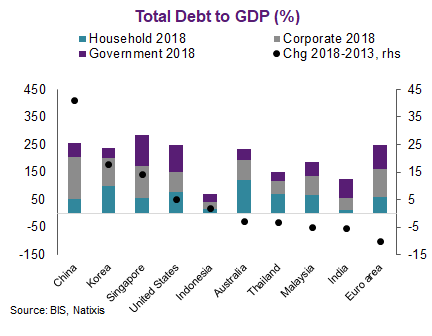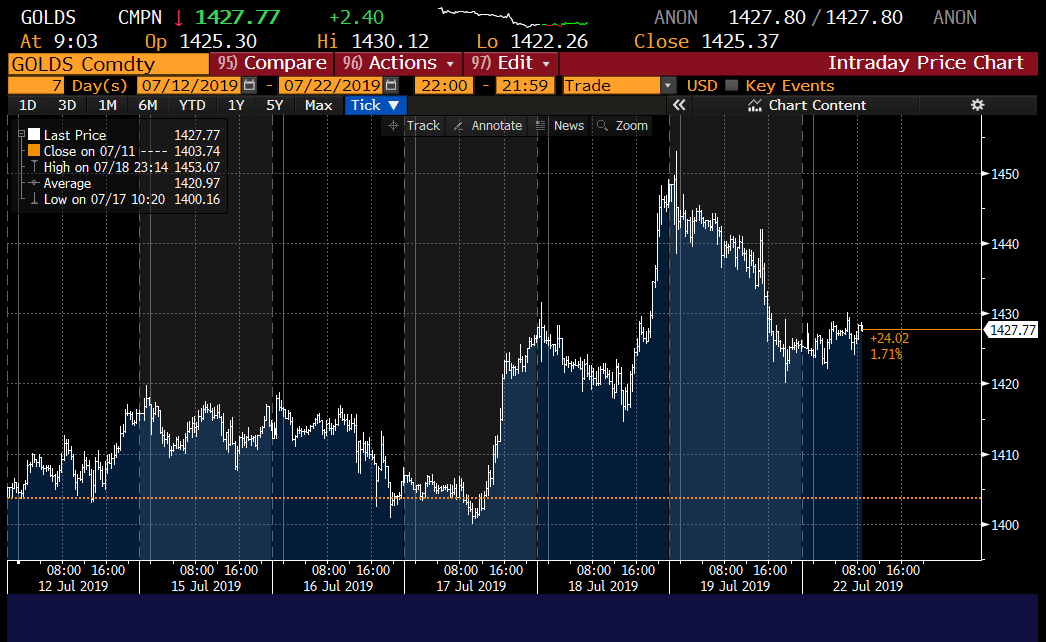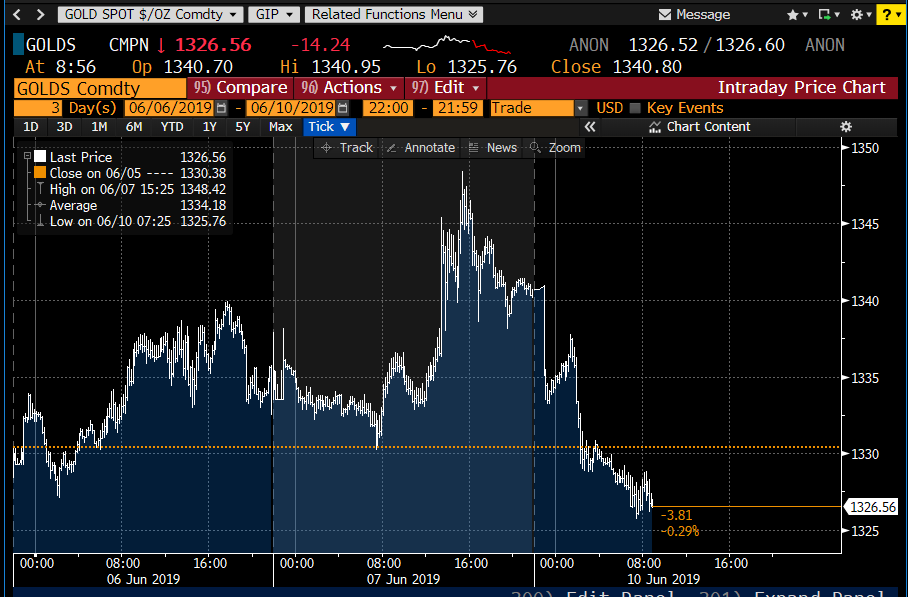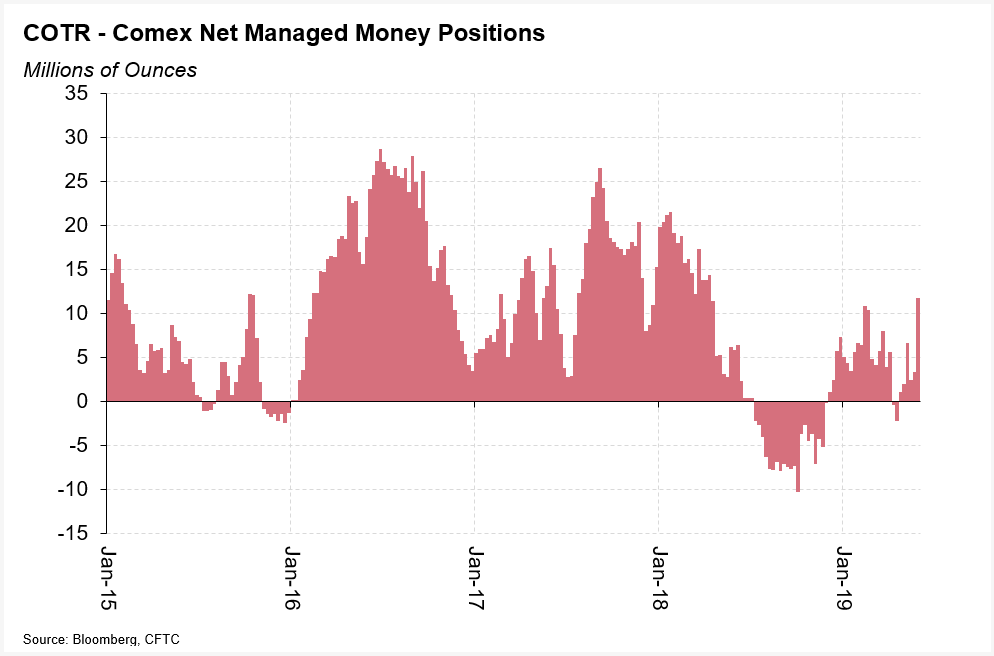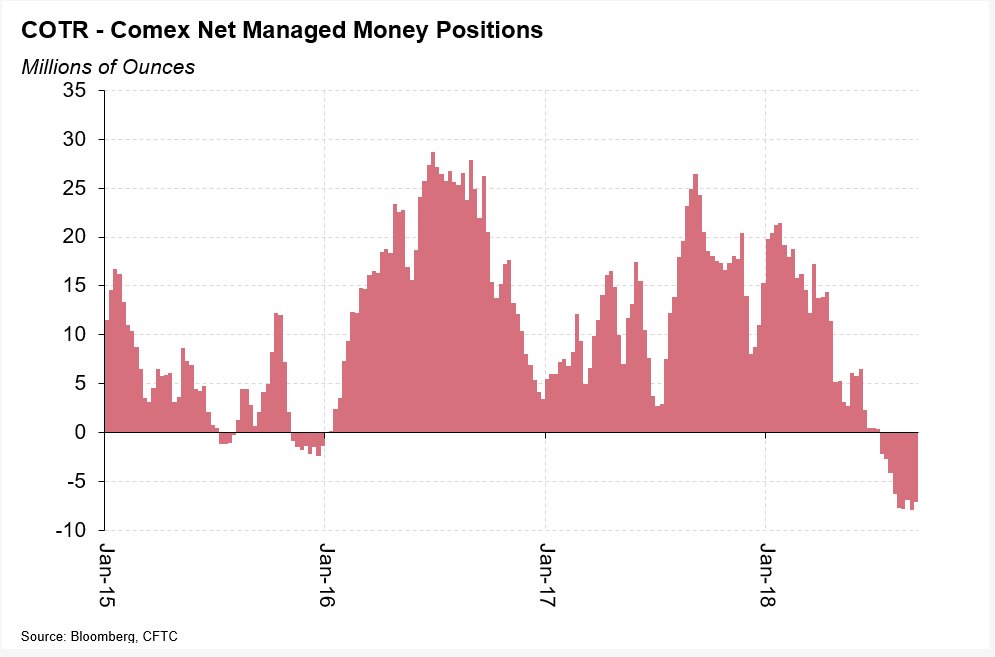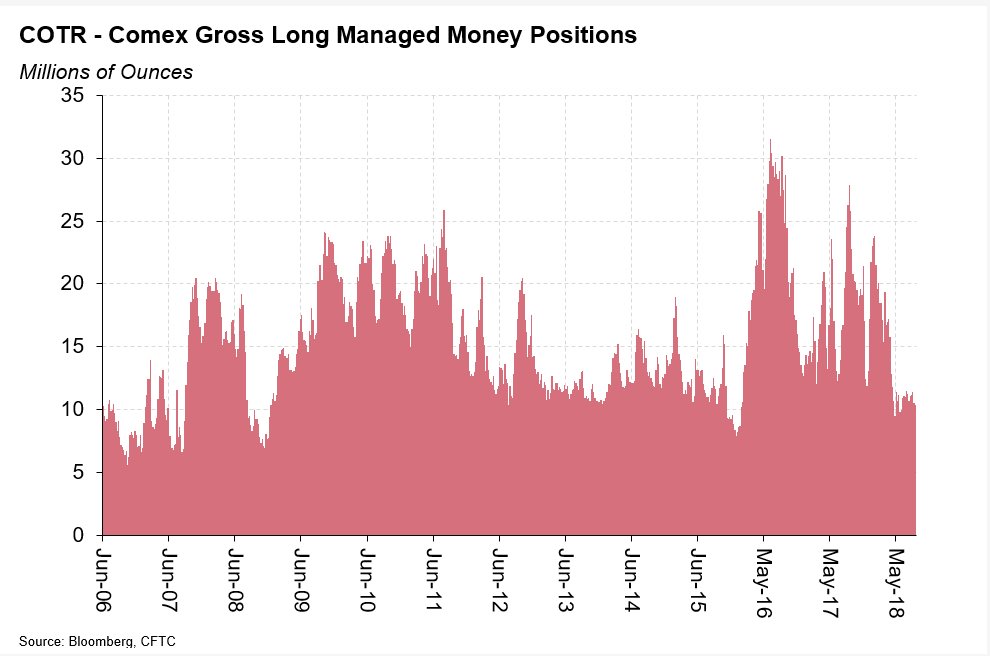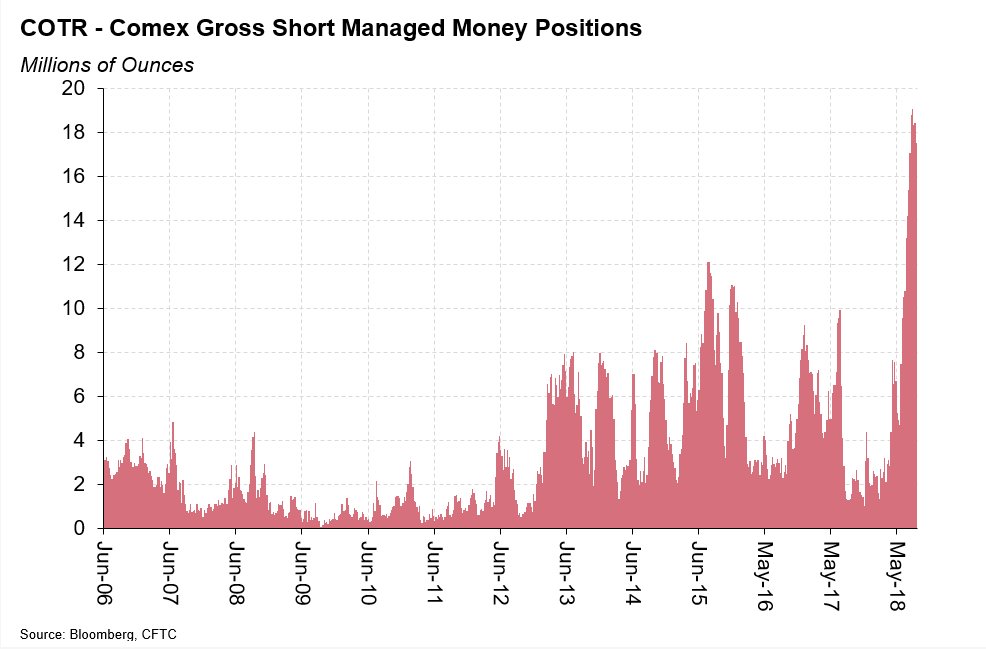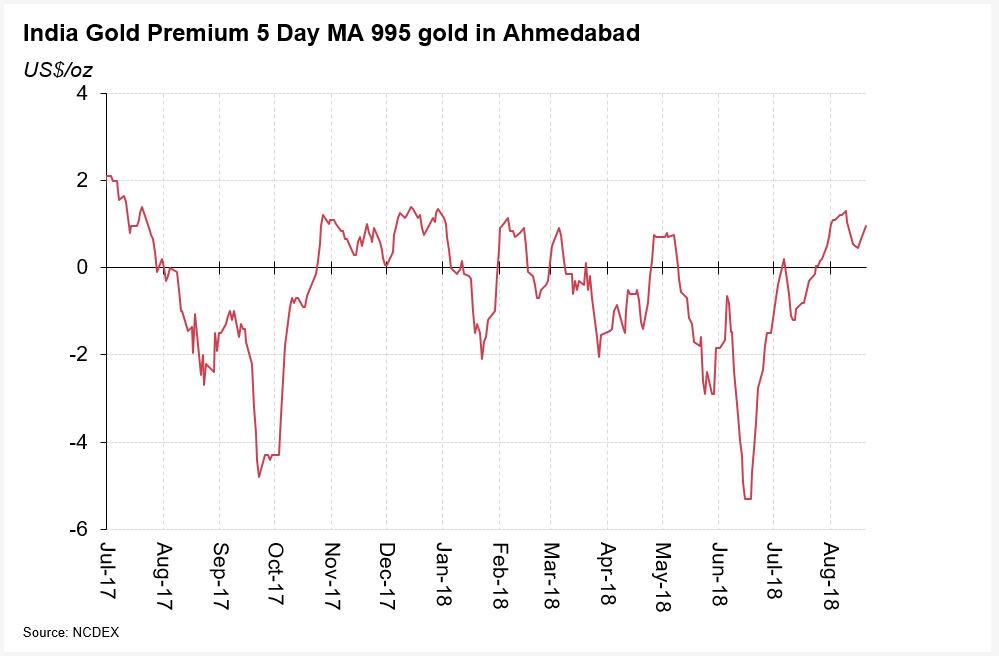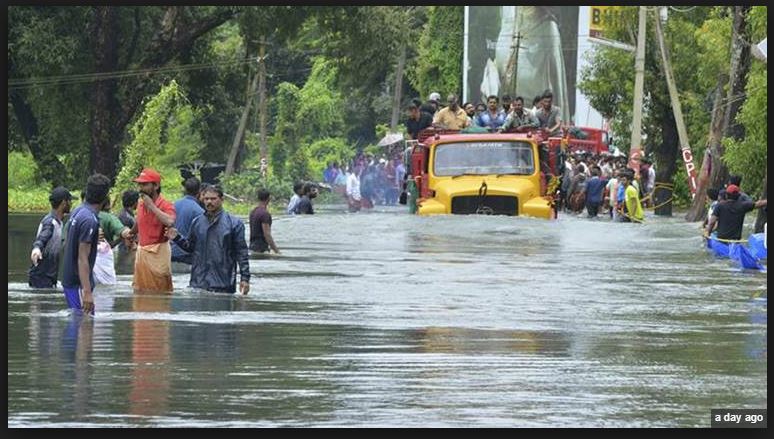approximately 27% over the years, followed by SBI Card at 18%, ICICI Bank at 14% and Axis Bank at 13%.
with SBI provides them with access to SBI’s extensive network of 22,007 branches across India, which enables them to market their CC to SBI’s customer base of 436.4 million
without human intervention.
approximately 28 years as of calendar year 2020. As much as 90.0% of India’s population will still be below the age of 60 by calendar year 2020
estimated to be between the ages of 30 to 59 by calendar year 2020, which fairly represents the working age
population.
a. 14% cards are Premium cards (annual fee >1499)
b. Rs. 10.5 k as avg. income per CC
c. Rs. 83 k as avg. CC limit
d. 15% accounts are new to credit
f. 55% accounts are 30 day active
g. 67% accounts are 90 day active
h. 40% of total card spends was online spends
j. Net Interest Margin of 15.3%
axiscapital.co.in/equity-capital…









